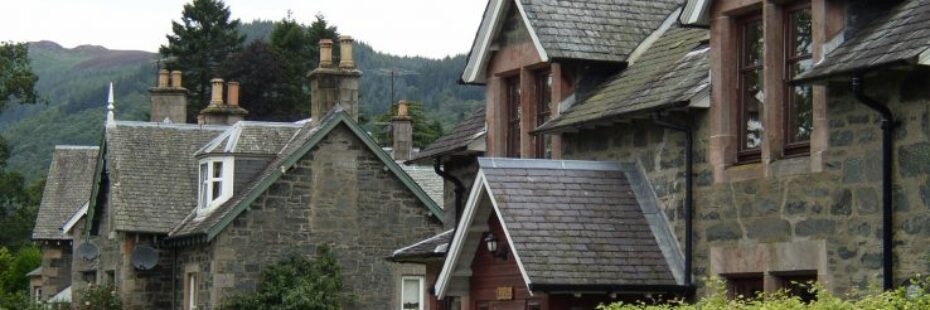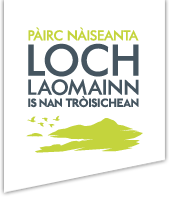
St. Fillans
St Fillans is one of Scotland’s picture perfect villages boasting breathtaking views over Loch Earn, naturally beautiful terrain and diverse historical associations. The village lies at the eastern end of Loch Earn on the A85 road.

Loch Earn
History & heritage
The settlement was a small clachan in the 18th century, known as Port of Lochearn, or Meikleport. In 1817 it was renamed St. Fillans by Lord Gwydyr, the husband of Clementina Drummond, heiress to the Drummond Estate.
The pre-Reformation church, St Fillan’s Chapel, whose kirkyard is the traditional burial place of the Stewarts of Ardvorlich, lies to the south of the River Earn, between St. Fillans and the Iron Age Pictish hill fort of Dundurn. It is believed that the Irish missionary Saint Fillan lived on this hill. St Fillan, an Irish missionary, had arrived in Breadalbane in the 8th century AD and joined the Gaels and Picts in Christianity thus paving the way for a united Scotland.
The arrival of the railway between Crieff and Lochearnhead at the beginning of the 1900s changed St. Fillans into a popular lochside resort. Many of the grand gable-fronted stone houses along the village’s main road can be dated back to that time and give the village its spa-like characteristics. These days the railway forms part of the National Cycle Route network.
Today the village is a picturesque conservation village on the eastern boundary of the National Park.

Houses at St. Fillans
Walks
A fairly challenging walk is that of Dundurn hill – a small but steep isolated rocky knoll, the site of the Pictish fort as well as the cell of Saint Fillan. It offers fine views and provides an interesting place to explore from the village to which Fillan gave his name. Easy lanes lead to the foot of Dundurn. The ascent itself has only a very faint path and is steep and rugged.
Did you know?
There is a rock, edged by the steep slopes of Dundurn knoll in St Fillian’s, which, according to local folklore, is home to fairies.
Find out more…
- If you wish to find out more about the local St. Fillan’s community and the work they do
- Visit our camping pages on Loch Earn and the surrounding area.
- Download a copy of our SNH Landscape Assessment to learn more about the landscape of the village.

